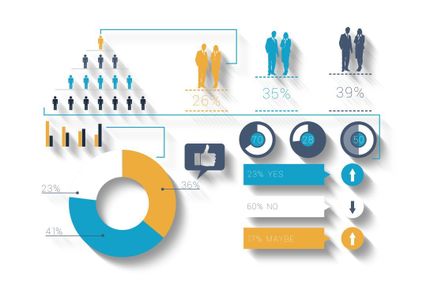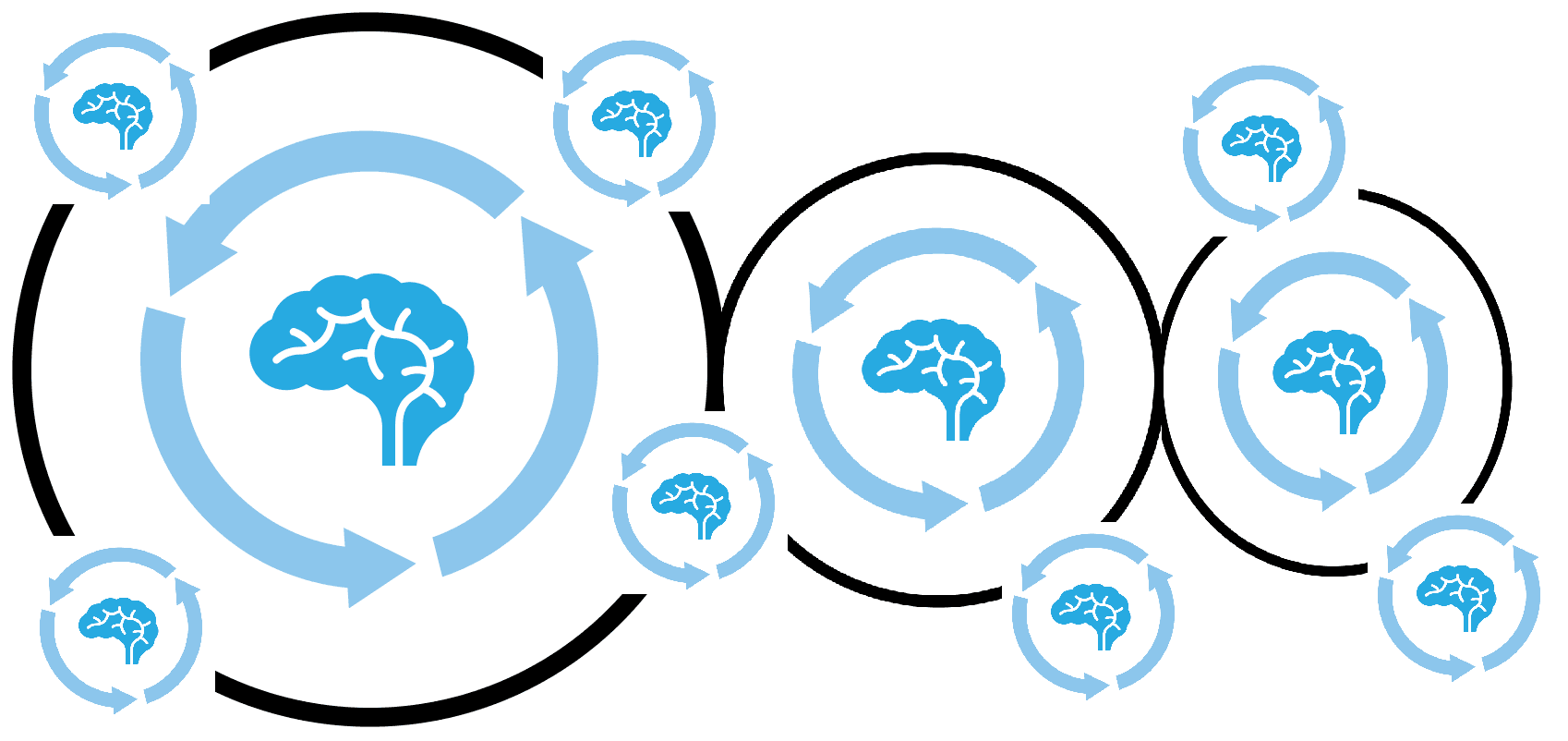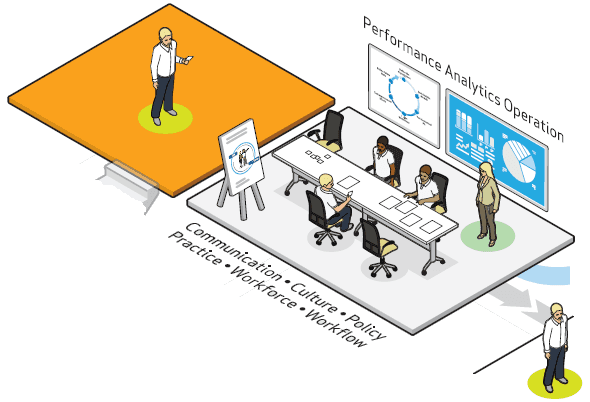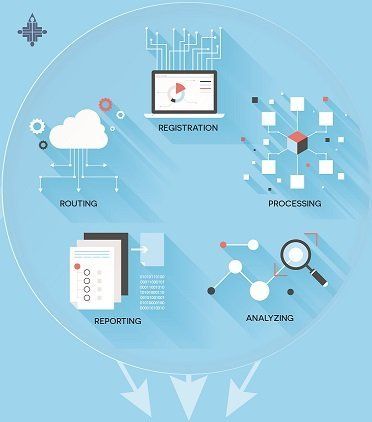We Focus on New Causes of Outcomes

Government Reforms
Working with notable thought leaders in Washington, DC (Christian Hoehner, Dr. Kevin Kosar, Dr. Eric Hannel), we examined the deeper elements in government reforms and proposed a data-driven approach to lasting reform:
paper A related paper, edited by Dr. David Muhlhausen, addresses similar issues at the U.S. Department of Veterans Affairs (pages 151-156).
Government Streamlining
We streamlined a massive and critical bureacracy mess at the U.S. Department of Veterans Affairs. The VA operated in a six-month backlog of over 12,000 annual budget justification cases for training of a 365,000-employee workforce, which required targeted training to overcome problems in veterans' health and safety. We reduced the processing time by 98%, reduced error-based rework by 99%, reduced annual labor cost by $15-17 million, and increased case approval accuracy by 15%. The estimated annual savings was $240-$350 million. We created a reliable means of accounting for the specific value of training investments--a requirement across the whole federal government and governments world-wide.

Cost Control
Established energy cost control models, and gained a $3.5 million ROI over 5 years in the test case building.Increased productivity in 3 core operations, with a three-year ROI of 747%, 801%, 1146% (productivity), and a one-year net savings in operational costs of $11.5 million.


Project Rationalizaton
Rationalized cause-effect and disparate factor controls of over 300 software development projects, avoiding costs of $71 million, nearly 20% of the total budget.
